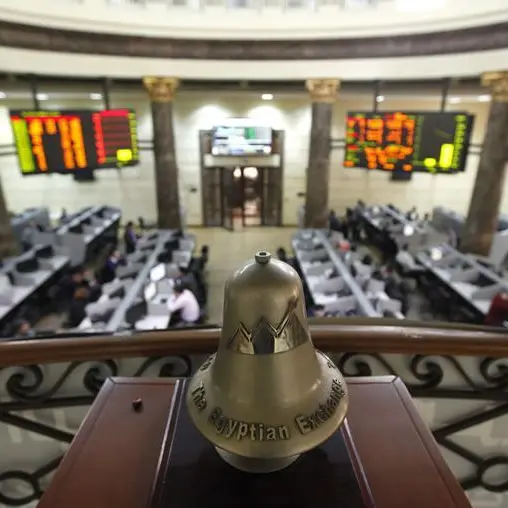PHOTO
MILAN - Europe’s fiscal response to a ravaging Covid-19 health crisis offers an imperfect solution to Italy’s debt worries. The benefits of mooted European Union pandemic credit lines look small, unless the European Central Bank also steps in. Italian political distrust complicates the picture.
EU leaders will meet on April 23 to try to agree a package of economic measures to alleviate the fallout from the coronavirus outbreak. A key plank of the strategy envisages deploying the European Stability Mechanism, a bailout fund set up in 2012, to extend up to 240 billion euros of cheap credit to member states. Italy might need help. The International Monetary Fund sees its economy contracting 9% this year. Debt could approach 170% of GDP, says UniCredit.
The ESM aid risks however being a blunt instrument. Under the EU plan, yet to be finalised, euro zone states could borrow 2% of GDP from the ESM. That’s about 36 billion euros for Italy, peanuts next to its 2.4 trillion euros of debt. With 10-year government bonds now yielding 1.8%, Rome could save some 550 million euros annually if it tapped the full amount in ESM loans of the same duration, assuming a 0.3% yearly charge for interest rates and fees, Breakingviews calculations show. That is a fraction of the 59 billion euros Italy owed this year in interest costs even before the Covid-19 outbreak, says Mazziero Research.
The ESM credit could have one other, significant benefit. Tapping the scheme might allow Italy to qualify for the ECB’s Outright Monetary Transactions, a programme of unlimited government bond purchases. The ECB already buys government bonds for its quantitative easing programme, but only in fixed amounts. The snag is that the OMT has never been used, and it’s not yet clear whether Italy would qualify, when the ECB would buy bonds, or at what price.
Without more clarity, the current plan is unlikely to overcome Italian political opposition to the ESM. Critics, such as the ruling 5-Star Movement and the eurosceptic League party say aid will inevitably lead to fiscal austerity further down the line, or pressure for a debt restructuring. Italy’s 10-year bond yields have risen around 20 basis points since euro zone leaders agreed the package. The risk is that this alone is not enough to save Italy, and the whole euro zone, from a new bond market crisis.
CONTEXT NEWS
- European Union finance ministers agreed on April 9 that the European Stability Mechanism would offer up to 240 billion euros of cheap credit to member states struggling under the Covid-19 pandemic.
- Under the plan, all member states could access ESM credit for up to 2% of their respective GDP. EU leaders will also be discussing a European Commission 100 billion euro fund dubbed SURE, and boosting the European Investment Bank's lending guarantees.
- French President Emmanuel Macron told the Financial Times in an interview on April 16 that failure to launch an EU rescue fund that could issue joint debt – also under discussion – would boost support for populist political forces in hard-hit countries like Italy.
- Italy, which has reported Europe’s highest coronavirus death toll, must refinance around 400 billion euros of debt in 2020, and pay interest of close to 60 billion. The Covid-19 crisis could lead to additional borrowing needs of as much as 150 billion euros, according to bond market analysts. A senior government official told Reuters on April 16 that Italy's 2020 budget deficit would be close to 10% of GDP.
(Editing by Neil Unmack and Oliver Taslic)
© Reuters News 2020











